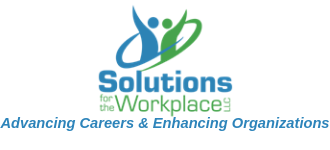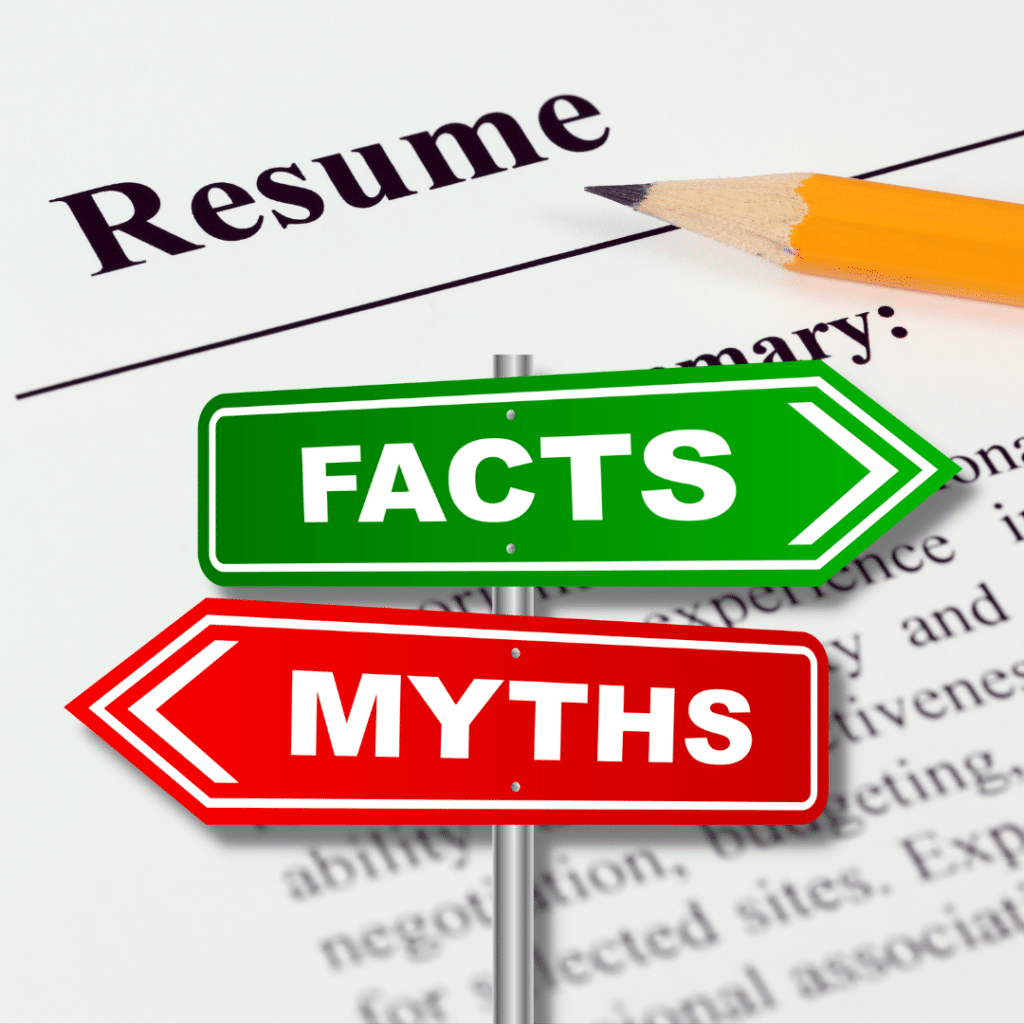Many of us think about September as the beginning of a new year—new fiscal year, new school year—and the definite end of summer. In this spirit, September has been designated “Update Your Resume Month,” you can get in the spirit by updating yours!
Need help getting started? Here are 7 easy things to do:
- Assess your existing resume; is your current job included? Is there still content from the 1990’s or early 2000’s? You can remove jobs that are from more than 10 years ago—at the very least, you can minimize them and create a new category called Earlier Professional Experience (or something similar).
- Does your resume include recent accomplishments? Those of your who are federal employees, probably had your performance review recently (or coming up shortly). Be sure to include this year’s accomplishments on your resume. And remember, all accomplishments should demonstrate the “so what.” It’s not enough to say you did “x”—you need to show how “x” added value / made a difference.
- Did you earn a new degree? New certifications? If so, be sure to add.
- Have your contributions been formally recognized? Don’t forget to update your resume for awards—especially those awarded by entities outside your organization.
- Has the scope of your work changed?. Do you have more or fewer employees? A larger or smaller budget? Is your area of responsibility different? Numbers help give your work context.
- Assess your Summary; is it sufficiently focused? Include key words? If your summary does not accurately represent you and what you’re targeting, fix it.
- Review your resume to ensure there are no typos. Even better, have someone else review it for typos; sometimes it’s easier for others to proofread your document.
The above steps can likely be completed in less than an hour—your career is worth it! If you keep your resume updated, you’ll be ready—and not panicked—when the perfect opportunity comes along.
To celebrate this time of year, don’t miss out on the opportunity to invest in your professional growth and secure your path to federal job success by using code BACKTOSCHOOL for 10% off our self-paced online training courses on Teachable by September 30, 2023!






